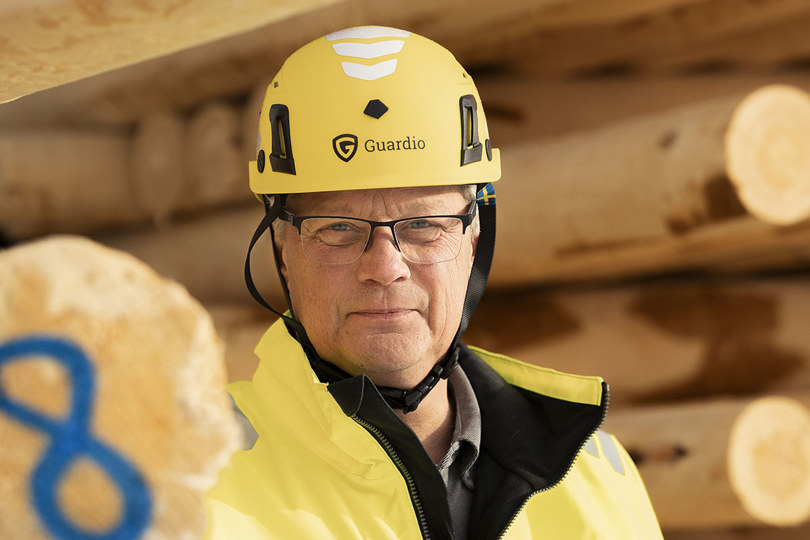Agnäs utility pole factory produces turned poles from high-quality pine, with the raw material specially selected from the best pine trees in Norrland. These are considered by many to be the best variety of tree to use. The production of utility poles is quite uncommon in Sweden – there are only three pole factories in the whole of the country, and Agnäs is the only one located in Norrland.
“Our production volumes and sales are very stable year after year. There is a constant need for new utility poles – whether it is to make new ones or replace old ones. In Sweden alone there is a significant number of poles that need to be maintained and replaced”, says Johan Lundberg.
In 2023 the factory set an economic record with fantastic sales, and the following year the factory was able to maintain the same level of production.
“We export at least half of what we manufacture in Agnäs, so we can also benefit from currency exchange rates. Last year was a good year for us”, says Johan Lundberg. The largest markets for the utility pole factory are currently England and Sweden.

North Africa is also a promising market. Manufacturing utility poles is quite niche, so there are not that many companies to compete with. Sweden and Finland are the largest manufacturers of utility poles in Europe – thanks largely to their access to high quality raw material. The trees used must be straight and not have many branches.
“We usually describe the trees chosen for utility poles as ‘forest fillets’. The forest owner gets extra money for them,” says Johan Lundberg.
Norra Skog has now also optimized the information sent to the harvesters’ computers. This has made it easier for them to analyze each tree and determine how it should be trimmed to provide optimal value for both the forest owner and the utility pole factory. Comparisons between November-December 2023 and the same period in 2024 show a dramatic 41.3 percent cubic meters increase in pole timber utilization.
Utility pole production in numbers
Utility poles are measured and debarked at the factory, before being turned and sorted into length and dimensions. The poles are then dried in well-ventilated stacks for 8–10 months. Additional processing is done with the help of the staff’s craftsmanship in drilling, cutting and marking. Production in Agnäs consists of power and telecommunications poles, lighting poles and poles in varying lengths between 7–19 meters. Approximately 50,000 to 70,000 poles are produced each year.
